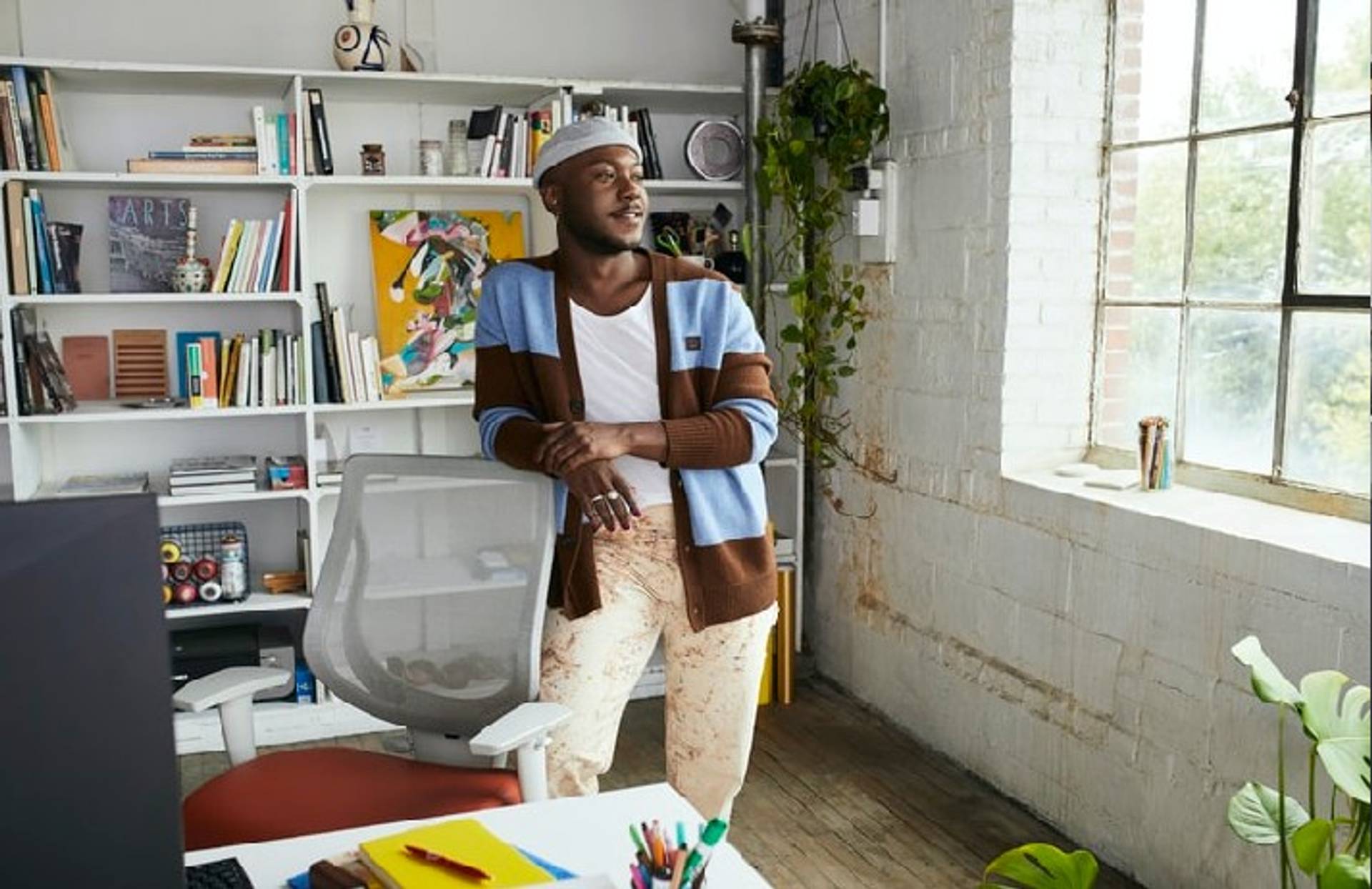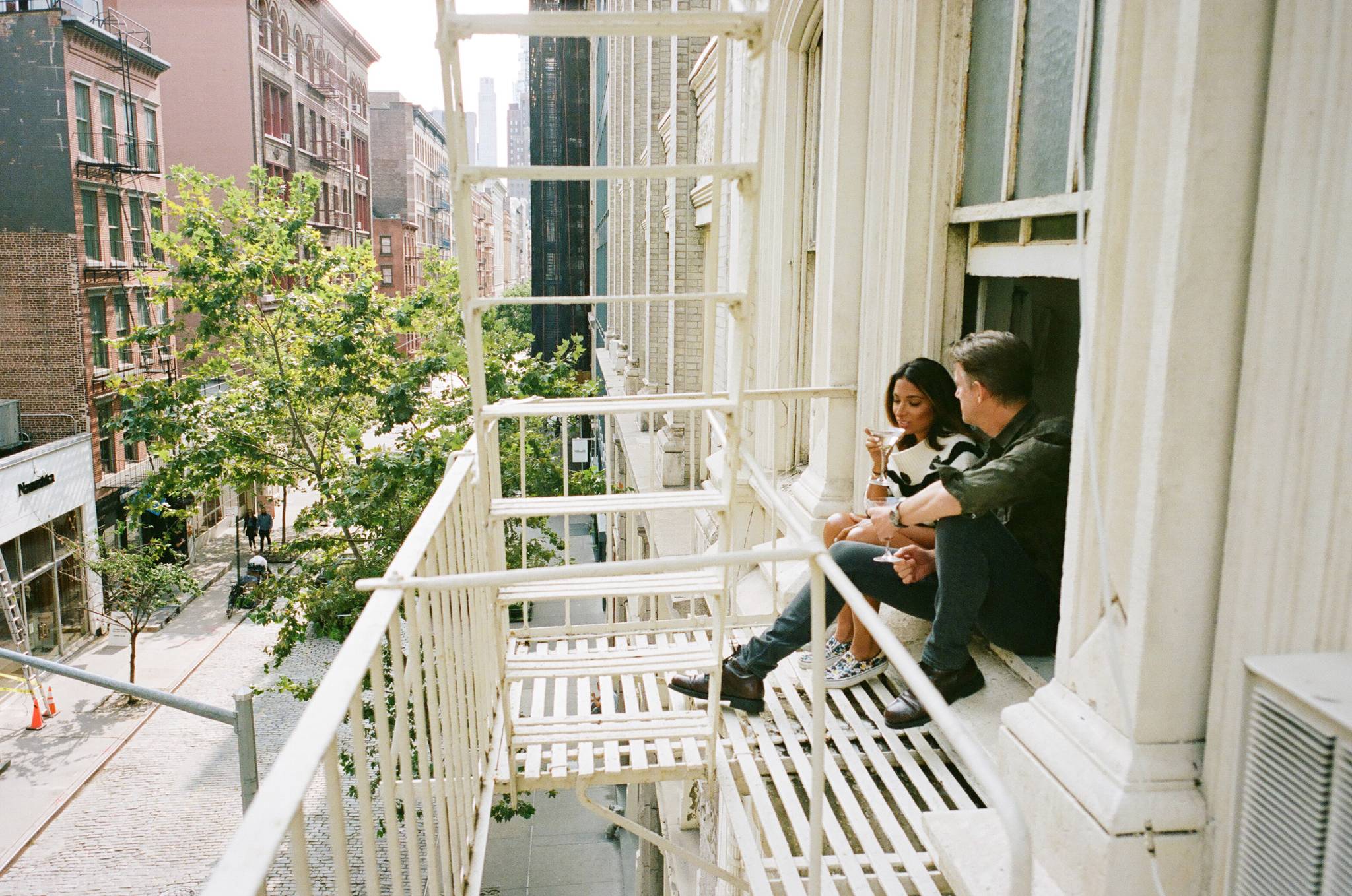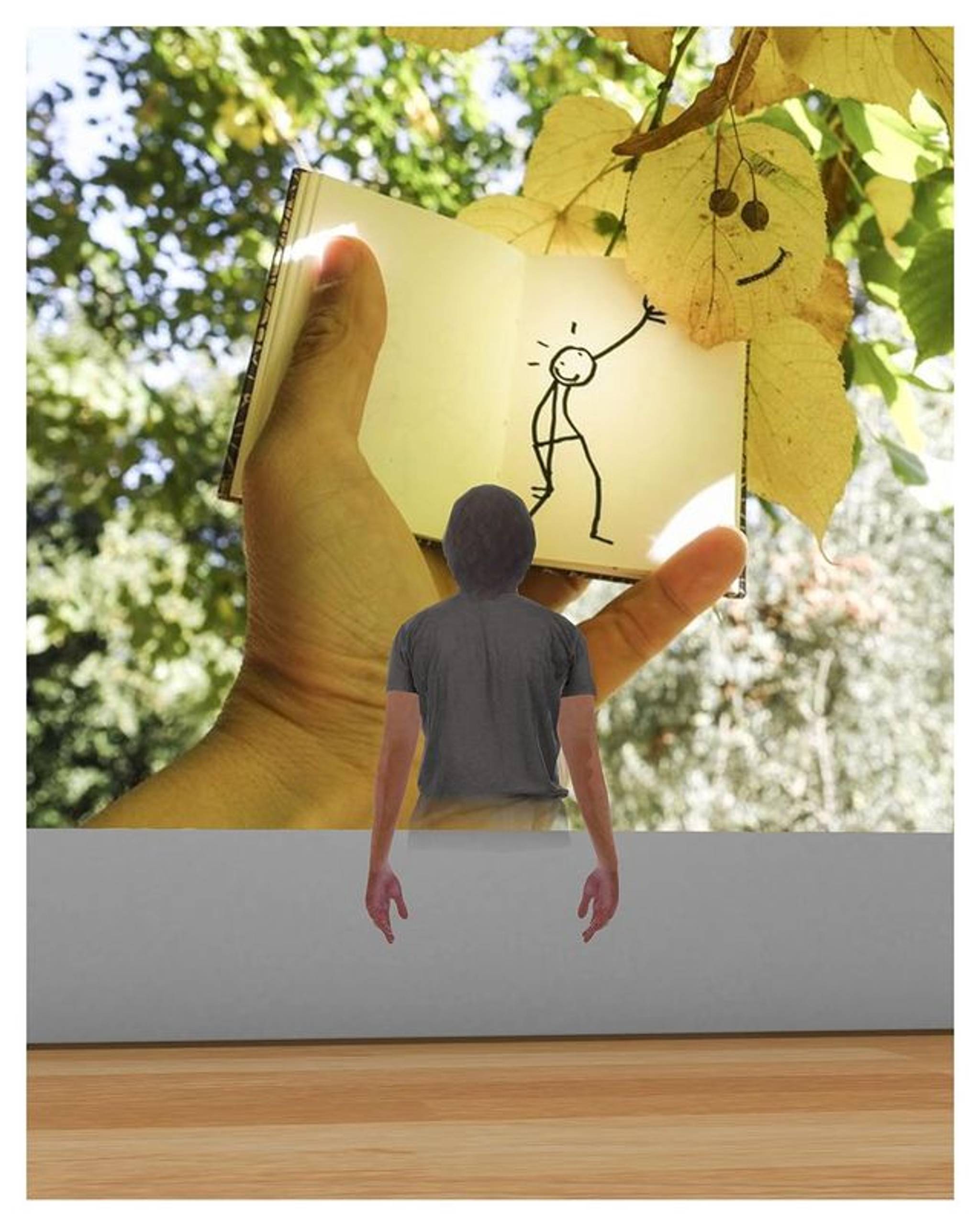
After years of operating in hard-to-access, creative silos, the app Fair Art Fair is looking to democratise and streamline the art world and connect creators with collectors by removing many of the traditional hurdles and help bring more attention to unrepresented artists.
Despite being an industry reluctant to digitise its practices, Fair Art Fair is looking to bring greater accessibility into a traditionally top-down market. Described as 'Tinder for artists and collectors', the app works by charging artists a monthly subscription fee of £15 to display images of their art as well as connect with potential collectors. By cutting out the middleman, the app aims to take on much of the administrative extras of art dealing, such as generating invoices and certifications of authenticity. The platform also grants collectors the ability to showcase their art collections live or virtually as well as create news releases and price lists.
As COVID-19 forces more of people’s traditional IRL experiences and assets online, brands are being forced to rethink their strategic approach. From the popularity of virtual art exhibitions to the rise of NFTs and virtual collector platforms such as Spatial, consumers' attitudes to artistic viewing and ownership are growing increasingly digitised. With Gen Y HNWIs having spent an average of $3 million on art investments in 2020 – six times more than their Boomer counterparts – the art industry is increasingly in need of catering to a younger, more digitally savvy audience. Acute Art, for example, displays artistic work that isn't confined to studios or galleries but instead uses AR to promote exhibitions.



